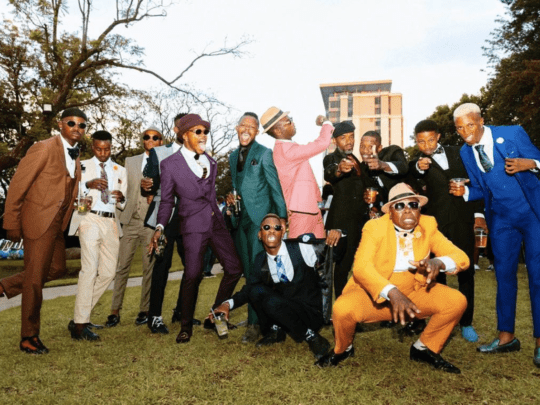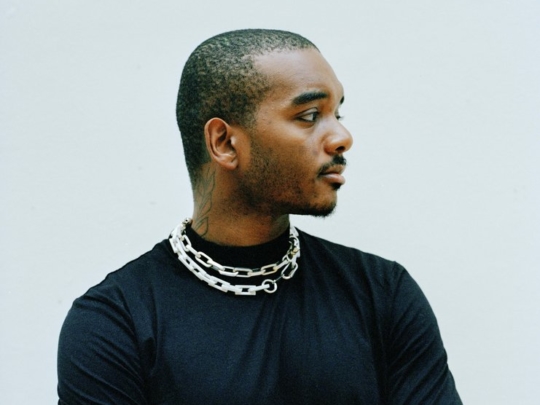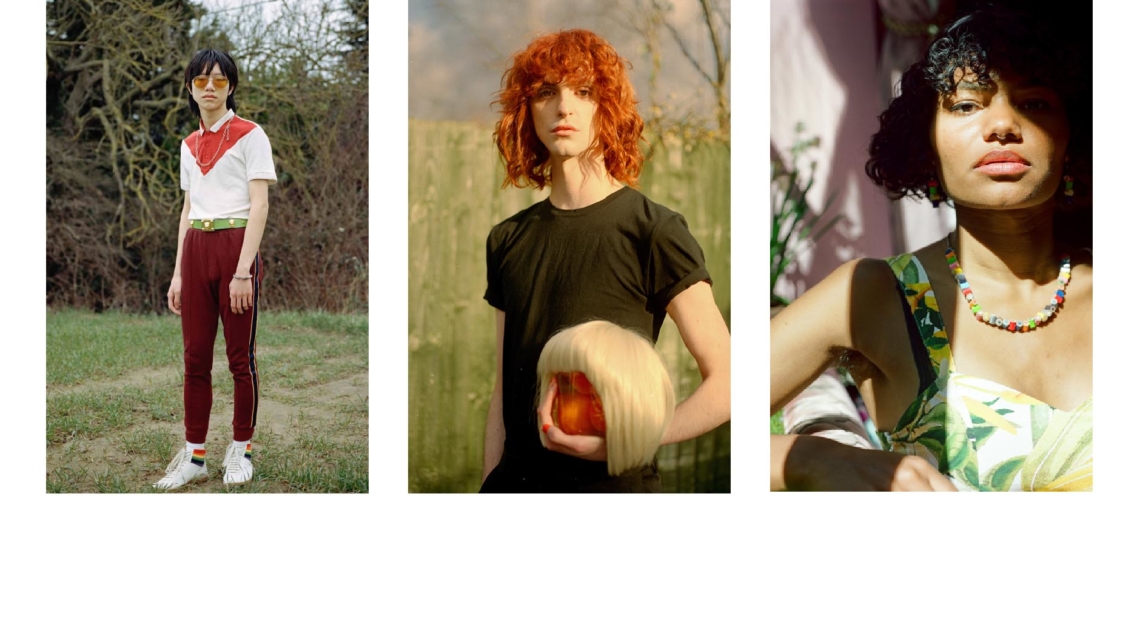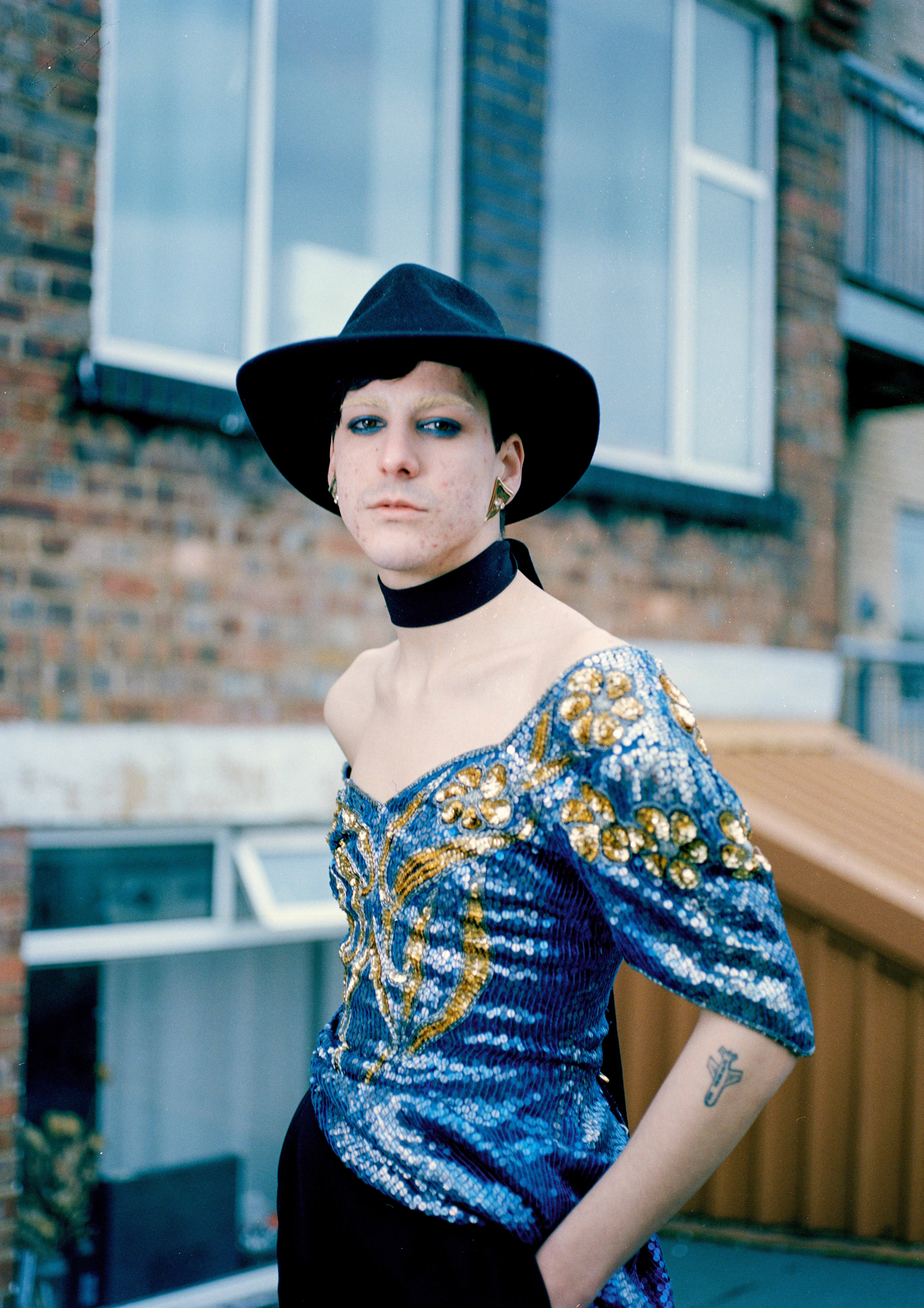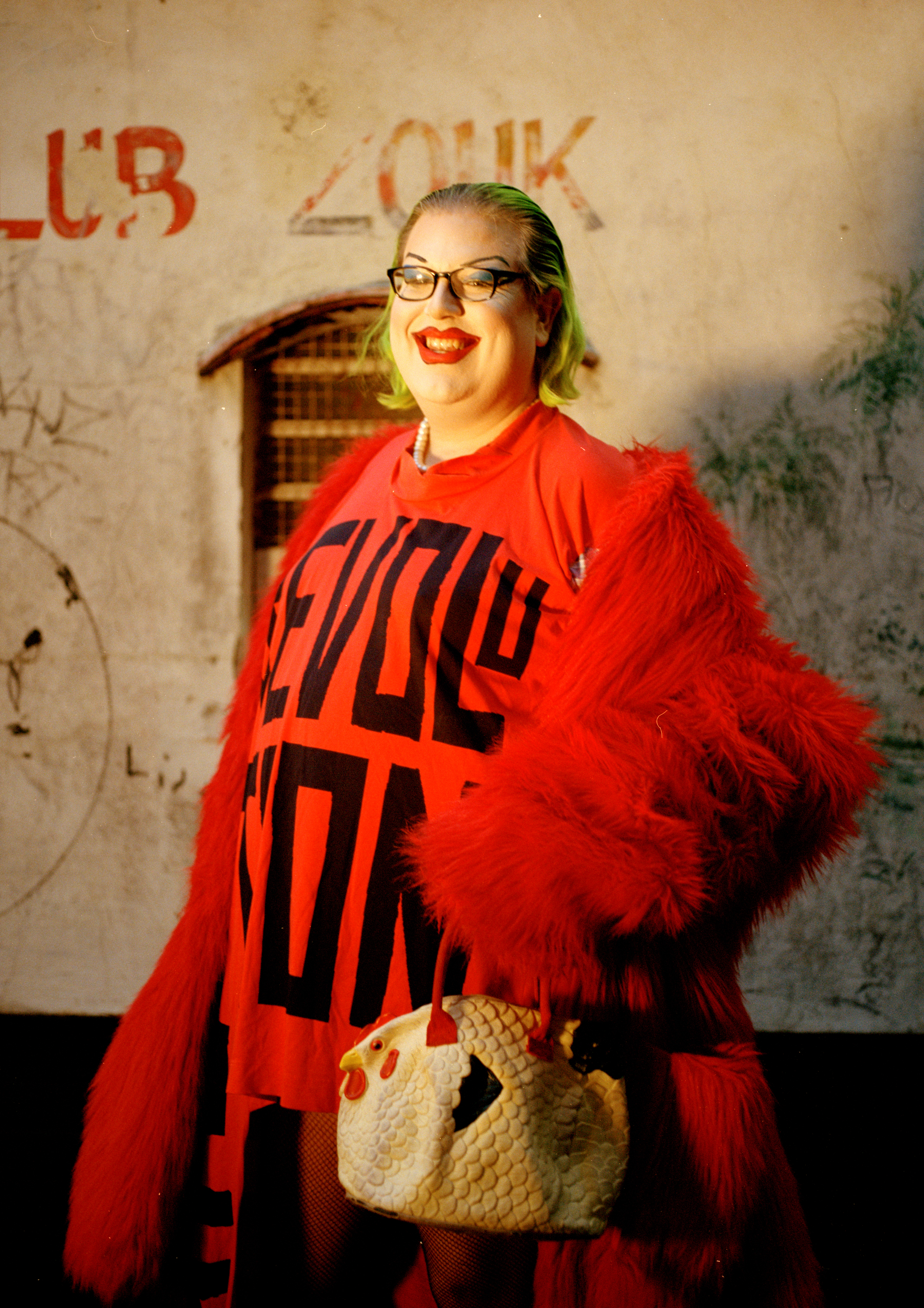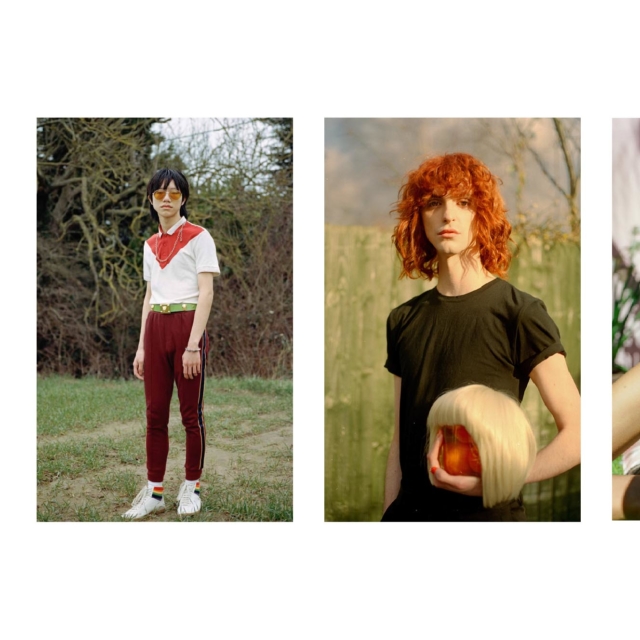When Australian stylist Blake Sutherland used to commute to Sydney from his suburban hometown, he would get changed on the train. “Where I lived was quite dangerous, so I put on more fashionable clothes after I left my suburb. Then, when I was coming back, I put on a hoodie and pants,” he says. “There’s always a thought that goes into every outfit that I wear that’s like, is this going to incite hate in somebody, or should I wear something that keeps me a little more out of people’s eyeline? It’s one of those things you have to be smart about.”
For many queer youths today, fashion is a vital mode of self-expression, a lifeline even. Yet it continues to be stifled by conservative norms. In the UK’s National LGBT Survey, launched in July 2017 with 108,000 participants, two out of five respondents said they had experienced an incident of verbal harassment or physical violence because of their LGBT identity. In this context, queerness cannot be side-lined by the fashion industry. People can still be shocked and provoked by what other people wear, making simply walking down the street a danger for members of the queer community who use style to express their identity.

